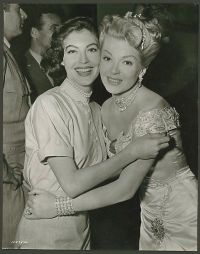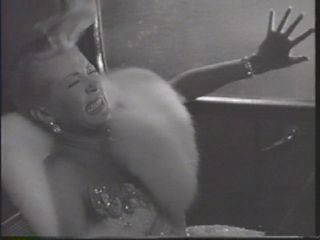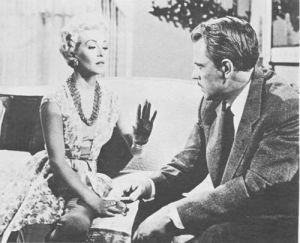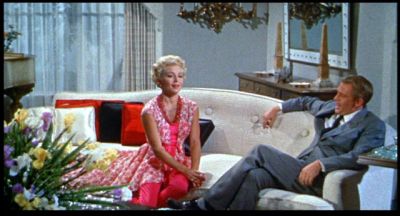Difference between revisions of "Lana Turner as Star (Discussion)"
From Screenpedia
Jump to navigationJump to search (moved from "lecture" article) |
(added categories) |
||
| Line 22: | Line 22: | ||
==Bibliography== | ==Bibliography== | ||
# Richard Dyer, "Four Films of Lana Turner," ''Movie'' 25: 30-52. | # Richard Dyer, "Four Films of Lana Turner," ''Movie'' 25: 30-52. | ||
| + | |||
| + | [[Category:TCF440/540 Discussion]] | ||
| + | [[Category:TCF440-540]] | ||
Revision as of 15:32, 23 April 2008
"Four Films of Lana Turner"
- Dyer contends that "Turner illustrates three of the ways that stars function cinematically (that is, within the total signifying practice of the cinema industry situated within society as a whole)".
- What does Dyer mean by "signifying practice"?
- List those three ways that stars function.
- What, according to Dyer, is the relationship between glamor and ordinariness?
- How does the photograph of Ava Gardener and Turner "embracing" illustrate this contrast?
- How is it expressed in The Bad and the Beautiful?
- What role does the father play in The B & the B, according to Dyer? How does this relate to the off-screen representation of Turner and her father?
- In general terms, what does haute couture (pronounce "oht koo-toor") connote? How is this specifically embodied in Turner's image—as Dyer argues regarding the Imitation of Life scene in which she meets David Edwards (Dan O'Herlihy)?
- What characterizes Turner’s acting style? How is it disrupted by emotions presented as more "authentic" in Imitation of Life and The B & the B?
- How does Dyer make the case for the "hysterics in the car" scene as "authentic"?
- How was Turner’s sexy-ordinary contradiction "crystallized" in four "moments" in her early career?
Bibliography
- Richard Dyer, "Four Films of Lana Turner," Movie 25: 30-52.



